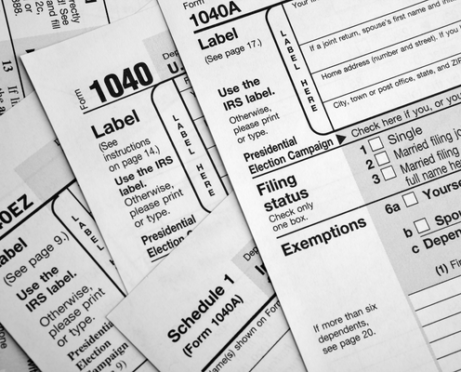
I recently participated as a guest on the Next Gen Personal Finance (NGPF) speaker series with Laura Levine, CEO of the Jump$tart Coalition for Personal Financial Literacy (aka, national Jump$tart). Our topic was the state of financial education in 2021, as well as national Jump$tart’s 25th anniversary.
Below are 10 key takeaways from this online presentation:
Teacher Professional Development Is Plentiful
Quality financial education requires teachers to be competent and confident with respect to personal finance content and pedagogy.
Compared to 1995, there are many more professional development methods (face-to-face and virtual) and content providers for teachers.
These include NGPF, Take Charge Today, the Council for Economic Education (CEE), and national Jumpstart and its state affiliates.
Tech Tools Are Useful
Perhaps at no time before was technology as important to teaching as 2020, when schools went virtual.
Among the tools teachers have relied on are the free 37-module MoneySKILL online course, Khan Academy videos, and various online calculators, video, and quizzes for personal finance topics.
Course Penetration Needs Work
According to the 2020 CEE Survey of the States, only 21 states require high school students to take a financial education course. Though this is an increase of four states since 2018, it still means that students in more than half of the states do not receive any formal personal finance instruction.
Teachers Can Get Certified
Teachers can enhance their subject matter expertise with certifications including Certified Personal and Family Financial Educator from the American Association of Family & Consumer Sciences, the Personal Finance Certification for Educators from Working in Support of Education, and nine subject-matter specific certifications from NGPF.
Collaboration Is Amazing
There are so many ways that teachers share ideas and resource materials these days instead of remaining siloed alone in their own schools.
Examples include the FinLit Fanatics Facebook group organized by NGPF, interactive virtual and face-to-face (pre-COVID) workshops, and informal networking facilitated via email, Twitter chats, video chats, and other electronic methods.
Outcome Research Has Improved
Recent studies of financial education with rigorous methods have confirmed positive impacts on knowledge and downstream behaviors. One example is a 2020 meta-analysis of 76 randomized experiments that found meaningful treatment effects realized from financial education, per the National Bureau of Economic Research.
New “Lenses” Are Emerging
Following an increased focus on wealth inequality and social justice, some developers of financial content and curriculum standards are conducting bias reviews to make sure that their materials do not unintentionally perpetuate stereotypes or use culturally insensitive content or case examples.
Education Is Cumulative
The earlier students receive formal financial education, the more courses in later life can build upon that.
An example: Students in my Personal Finance class at Rutgers University arrived more knowledgeable after New Jersey passed a financial education graduation requirement for high school seniors. New Jersey now has a middle school mandate that will give pre-teens more background for high school.
Teachers Overcame Challenges
Personal finance content developers were “all hands, on deck” in 2020 to equip teachers for online and/or hybrid learning. Among the challenges teachers successfully addressed were technology challenges (theirs and students’), virtual teaching engagement, and frequent changes in teaching methodology plans (e.g., virtual and hybrid classes).
Teachers Make a Difference
I found a quote about teachers using a classroom analogy: “The influence of a good teacher can never be erased.” Here is another: “To teach is to touch a life forever.” Alicia Keys and the One Voice Children’s Choir have just two words for teachers (and other essential workers): “Good Job.”
The Bottom Line
If this were a state of the union address for financial education, I would note that there are encouraging signs, as described above.
There are also challenges to address including financial fragility exhibited by many U.S. households and a lack of access to financial education in 29 states and Washington, DC.
It will take a village of advocates, content creators, financial educators and practitioners, researchers, and financial media (shout out to FinCon) to bring financial education to every American student, as well as to adults of all ages. I am happy to be a small part of this effort.




